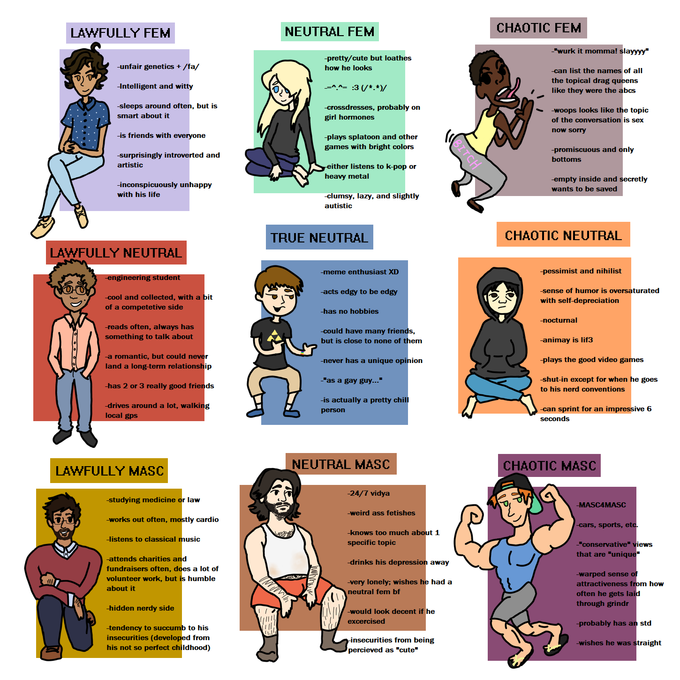Getting a wheel alignment is one of the regular maintenance tasks required to keep your vehicle in tip-top condition. To make sure your car will run properly and safely, you need to have its wheels realigned at an auto repair shop or service center at a certain interval or when symptoms of misaligned wheels show. Follow this comprehensive guide to learn whether it's necessary, how often you should get a wheel alignment, and how long an ordinary alignment takes. Then see how Kia service coupons, service financing, or the Kia warranty can help you save on your next wheel alignment. If you aren't sure if the Kia warranty is right for you, check our page which goes into detail about it.
Get Tire & Wheel Help
A wheel alignment is the process of aligning the wheels of a vehicle with one another and the surface of the road. It's achieved by bringing the suspension system to its proper configuration and positioning as well as adjusting certain components. Unlike some other vehicle maintenance tasks that you can do yourself, a wheel alignment requires the expertise of an experienced mechanic and an alignment machine.
Basically, the purpose of a wheel alignment is to square a vehicle's wheels and axles with one another so that they'll move in the same direction. The process involves adjusting all the suspension angles that have an impact on tire movement and positioning, and ensuring the steering wheel is perfectly centered. The manufacturer of a vehicle designates standard angles for aligning its tires, which are specified in degrees.
The type of alignment your vehicle needs depends on its suspension system and the way it distributes power to its wheels. If you have an all-wheel-drive or four-wheel-drive vehicle, you have to get a four-wheel alignment. On the other hand, if your vehicle uses a front-wheel-drive or rear-wheel-drive system, it needs a front-end alignment or thrust-angle alignment.
Yes, wheel alignment is one of the most important maintenance tasks. If your wheels are misaligned, your vehicle will experience a dramatic drop in handling capability. It'll constantly pull in one direction, which can greatly inhibit its ability to turn or move in a straight line. This not only makes driving more difficult and reduces ride comfort, but it can jeopardize your and your passengers' safety.
If your wheels are misaligned, your vehicle will experience a dramatic drop in handling capability. It'll constantly pull in one direction, which can greatly inhibit its ability to turn or move in a straight line. This not only makes driving more difficult and reduces ride comfort, but it can jeopardize your and your passengers' safety.
In addition, failure to realign your wheels regularly can cause your cost of car ownership to go up considerably. Wheels that aren't properly aligned may lead to uneven tire wear, which means you'll have to replace your tires more frequently. It isn't uncommon for wheel misalignment to result in flat spots and tire blowouts because it can cause your tires to experience added tension. Also, misaligned wheels can lead to damaged wheel rims and suspension, which can affect the performance and longevity of your vehicle.
The interval for wheel alignment can vary significantly depending on the type of vehicle you own, your driving habits, and other factors. Most mechanics recommend that you get a wheel alignment once every two or three years. However, the best thing to do is to follow the recommended interval in your owner's manual.
Most mechanics recommend that you get a wheel alignment once every two or three years. However, the best thing to do is to follow the recommended interval in your owner's manual.
If your owner's manual doesn't specify how often you should have your wheels realigned, you should bring your car to a service center or auto repair shop for a wheel alignment checkup at least once a year. Usually, a vehicle's wheel alignment will be at least slightly off after one or two years of driving. Nonetheless, if your car holds the road well, doesn't drift to one side, or has evenly worn tires, it isn't necessary to have its wheels realigned every year.
It's important to note that there are specific circumstances that may cause your vehicle to require wheel alignment on a more frequent basis. Vehicles with wider tires or performance-oriented cars usually need to have their wheels aligned more often. Additionally, you should consider getting a wheel alignment every time you install new tires on your car.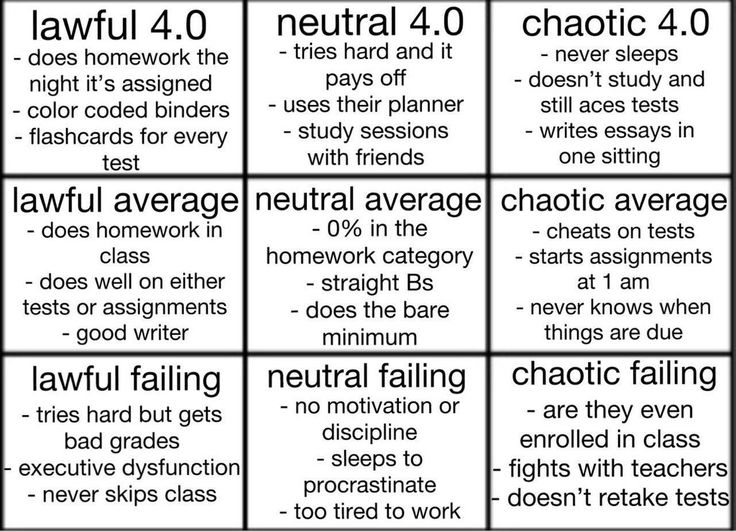
Besides going for a wheel alignment checkup on a regular basis, you should also look for certain signs indicating that your wheels need to be realigned. These signs include:
 In the case of misalignment, it occurs because the tires are pulling in opposite directions.
In the case of misalignment, it occurs because the tires are pulling in opposite directions.We know Rochester drivers are busy. So is an alignment a short or lengthy process? Under normal circumstances, a wheel alignment will take an average of one hour, whether it's a two-wheel-drive or four-wheel-drive vehicle. If there's too much wear and tear or damage on the suspension system, steering bushing, track rod, or other parts, it'll take a longer time as some components have to be replaced.
Wheel alignment is an essential maintenance task that you cannot afford to skip as it can have a significant impact on your vehicle's performance, ride comfort, safety, and lifespan. If you want to get a wheel alignment for your Kia vehicle, contact Tom Kadlec Kia today to schedule an appointment.
04
Jan,
2021
You're driving on the road and you notice that your car is veering to one side. It's a scary occurrence, but it doesn't have to be.
Usually, it's caused by your tire alignment. It's an important thing to keep up with and check on frequently.
But you may be asking yourself, "how often do you need a wheel alignment?" We're here to answer that question and more.
Keep reading our guide on wheel alignment to learn more.
What Really is a Tire Alignment?If you want to keep your car in the top-shape, tire alignment is extremely important.
Using an alignment machine, the technician will align all tires with one another and the pavement. It's not a good idea to do this one yourself, as it can be dangerous if done incorrectly.
For four-wheel-drive vehicles, all four wheels will be aligned. Front-wheel drive vehicles can have the two front wheels aligned.
It's a process that is needed to keep your vehicle running its best.
What Can Happen If I Don't Get an Alignment?Neglecting to get your tires aligned can cause some big problems for you and your vehicle.
When your wheels are misaligned, it can be extremely unsafe for you. You may notice your vehicle veering to one side, making driving a little more difficult.
In addition to having to adjust the wheel to keep the car straight, you may also experience wear on the tires. This can cause the tires to wear down unevenly which can cause other problems for you as well.
How Often Do You Need Wheel Alignment?The timeline for when you need wheel alignments can differ.
In general, having your wheel realigned should be done yearly along with maintenance. This will help you be sure that your tires are always aligned.
If you change your tires, it's important that they are aligned as well.
However, if you experience problems be sure to take your vehicle in for service. Doing this will help you make sure that your vehicle is in good shape.
What Are Some Signs That You Need Tire Alignment?Many of the signs that indicate that you need a tire alignment are the same as what can happen if you don't get it done.
If you feel the vehicle pulling to one side of the road while driving, you should take it in to get realigned. You should also pay attention to the steering wheel if it's vibrating. This can also be a sign that you need an alignment.
You should also pay attention to the tires. If one tends to wear down faster than another, then you'll need to take it in to get repaired.
When you notice any of these signs, you should take your vehicle in.
Keep Everything In LineNow that you've asked, "how often do you need a wheel alignment," you're prepared to keep your tires in line. With this guide, you've learned good practice on how often it should be done and what can happen if you don't do it.
At Dependable Car Care, we can do tire realignment on many vehicles.
If you're looking to have your tires realigned, request an appointment for service!
How often do you really need a wheel alignment? Having your tires aligned is a regular vehicle maintenance task you don't want to go too long without.
You're driving on the road and you notice that your car is veering to one side. It's a scary occurrence, but it doesn't have to be.
Usually, it's caused by your tire alignment. It's an important thing to keep up with and check on frequently.
But you may be asking yourself, "how often do you need a wheel alignment?" We're here to answer that question and more.
Keep reading our guide on wheel alignment to learn more.
What Really is a Tire Alignment?If you want to keep your car in the top-shape, tire alignment is extremely important.
Using an alignment machine, the technician will align all tires with one another and the pavement. It's not a good idea to do this one yourself, as it can be dangerous if done incorrectly.
For four-wheel-drive vehicles, all four wheels will be aligned. Front-wheel drive vehicles can have the two front wheels aligned.
It's a process that is needed to keep your vehicle running its best.
What Can Happen If I Don't Get an Alignment?Neglecting to get your tires aligned can cause some big problems for you and your vehicle.
When your wheels are misaligned, it can be extremely unsafe for you. You may notice your vehicle veering to one side, making driving a little more difficult.
In addition to having to adjust the wheel to keep the car straight, you may also experience wear on the tires.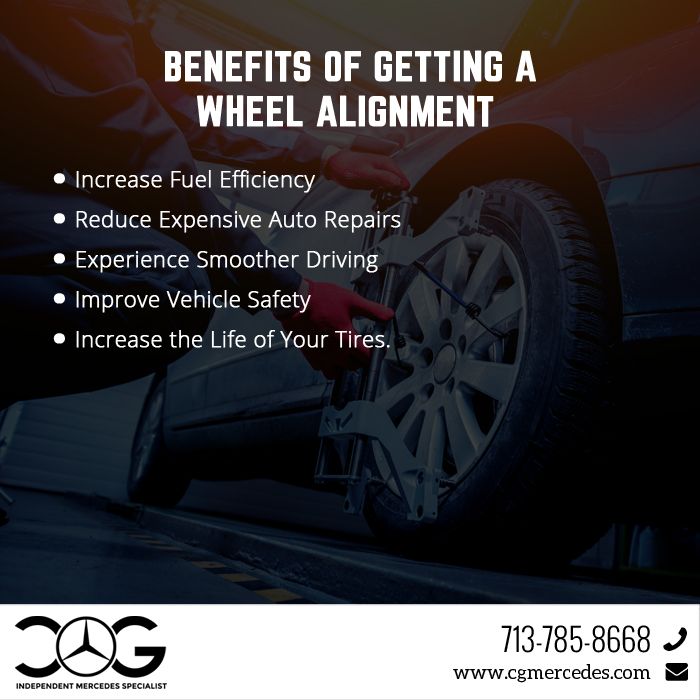 This can cause the tires to wear down unevenly which can cause other problems for you as well.
This can cause the tires to wear down unevenly which can cause other problems for you as well.
The timeline for when you need wheel alignments can differ.
In general, having your wheel realigned should be done yearly along with maintenance. This will help you be sure that your tires are always aligned.
If you change your tires, it's important that they are aligned as well.
However, if you experience problems be sure to take your vehicle in for service. Doing this will help you make sure that your vehicle is in good shape.
What Are Some Signs That You Need Tire Alignment?Many of the signs that indicate that you need a tire alignment are the same as what can happen if you don't get it done.
If you feel the vehicle pulling to one side of the road while driving, you should take it in to get realigned. You should also pay attention to the steering wheel if it's vibrating.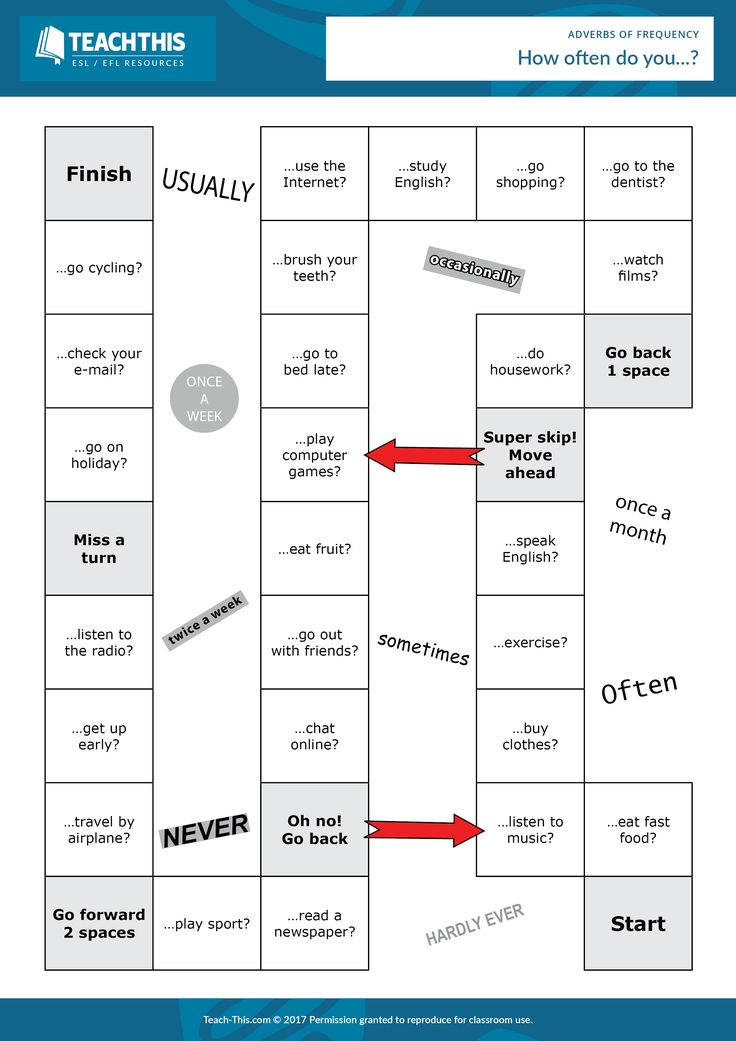 This can also be a sign that you need an alignment.
This can also be a sign that you need an alignment.
You should also pay attention to the tires. If one tends to wear down faster than another, then you'll need to take it in to get repaired.
When you notice any of these signs, you should take your vehicle in.
Keep Everything In LineNow that you've asked, "how often do you need a wheel alignment," you're prepared to keep your tires in line. With this guide, you've learned good practice on how often it should be done and what can happen if you don't do it.
At Dependable Car Care, we can do tire realignment on many vehicles.
If you're looking to have your tires realigned, request an appointment for service!
Dan Winter
Dan Winter
Most car owners consider the issue of wheel balancing not so important.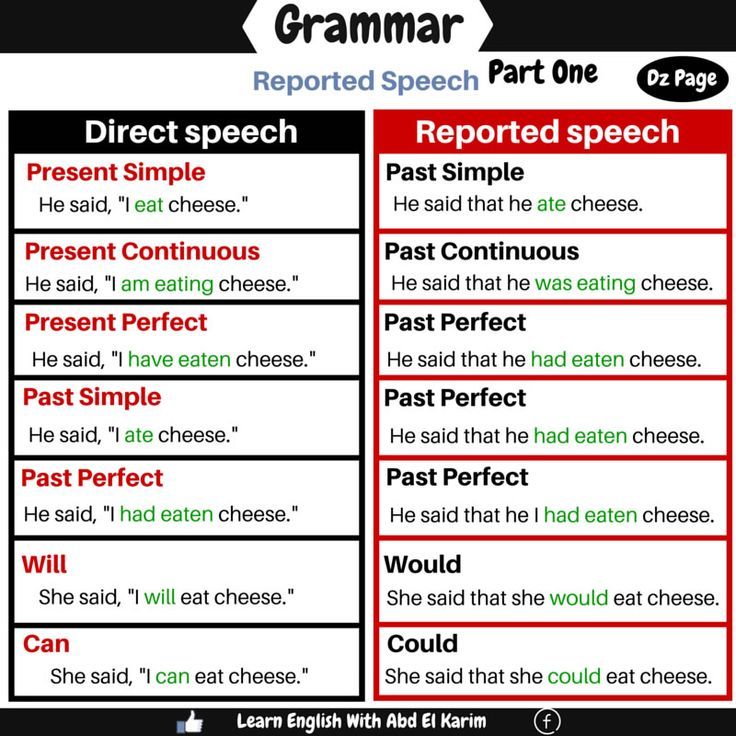 But in vain! After all, this is primarily a matter of your own safety and the safety of your passengers.
But in vain! After all, this is primarily a matter of your own safety and the safety of your passengers.
Balancing by yourself is impossible (unless you are an auto mechanic), and you won't be able to save money on this one-time. But! You will feel the savings on the face in the process of driving and depreciation.
Why do you need wheel balancing and what is its essence?
Balancing is the correct distribution of the load in the wheel relative to its central part. This is done using professional equipment that determines the presence / absence of imbalance. If it is, then with the help of lead weights, which are planted on glue inside the wheel itself, the load is adjusted.
The use of an electronic sensor system provides an additional guarantee of safety.
Why is the lack of balance dangerous?
If you do not balance the wheels at the right time , you risk soon getting vibration in the wheels, passing to the body, and most importantly - uneven tire wear.
In Russia, as you know, there are two troubles, one of which already has a negative impact on vehicles. If at the same time you do not properly care for the car and do not service it on time, you can get a problem in the square.
The first devices for balancing were primitive and did not allow to perform their functions in impeccable quality. Over time, the situation has improved, the equipment has become more modern and of high quality. Now you can do wheel balancing at any service station and be calm for the convenience and comfort of your trips.
10 reasons to do wheel balancing
Give a specific answer to the question of how often to do it balancing is not possible. The first factor influencing this period is the age of the car, the second is its condition, and the third is how long you have owned it.
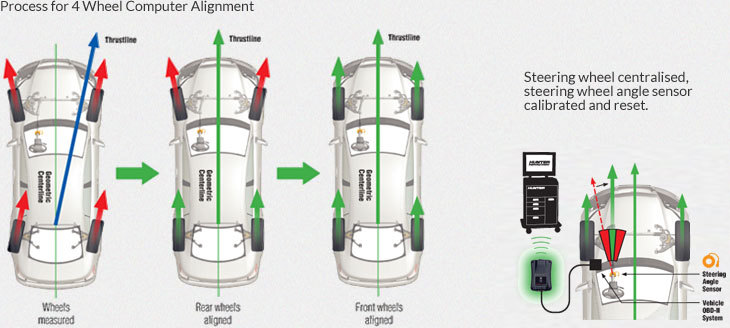 Changed tires - changed the "settings", therefore, the process must be repeated.
Changed tires - changed the "settings", therefore, the process must be repeated. In addition to the above, tire fitting experts advise balancing car wheels in the following cases:

By following these recommendations, you will save yourself from problems and make your trips comfortable and safe.
What is imbalance and what does it threaten?
Experts identify two types of imbalance:
Static unbalance - displacement of the center of gravity of the wheel up or down from the conditional center. Invisible to the eye. The problem is solved with the help of a balancing machine, which will identify vulnerabilities and indicate where to attach lead weights.
Dynamic unbalance - incorrect weight distribution across the wheel width and complete separation of the rotation axes. Visually noticeable, popularly called the "eight". To eliminate it, lead balancers are attached to the disc rim from the outer and inner sides. Dynamic imbalance is easier to deal with than static.
After the elimination of these types of unbalance wheels , the last, control balancing is performed . It is called "finishing" and reveals the presence of inaccuracies (if any). The point is to bring the imbalance to zero.
It is called "finishing" and reveals the presence of inaccuracies (if any). The point is to bring the imbalance to zero.
Important balancing rules that every car owner should know
Even if you are not a mechanic, read this information. So you can control the actions of tire workers and make sure that everything is done correctly.
So, here is a list of the correct steps for wheel balancing:
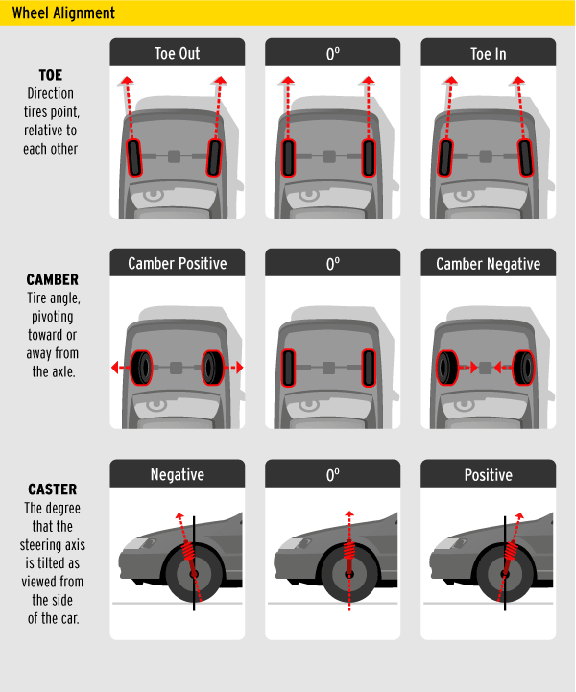
What threatens wrong balancing ?
Here are just a few of the consequences that are likely to occur if wheels are not properly balanced:
Conclusion: safety is paramount, and you should not save on it! Now you know the most important information about wheel balancing, which means you won’t get into an unpleasant situation.
Neither a nail nor a wand, dear motorists!
Well, if trouble still overtook you on the way, there is a way out!
Field mobile tire fitting from the company "Shinomontazhnikof" will rush to help immediately after your call to +7 812 900 32 54.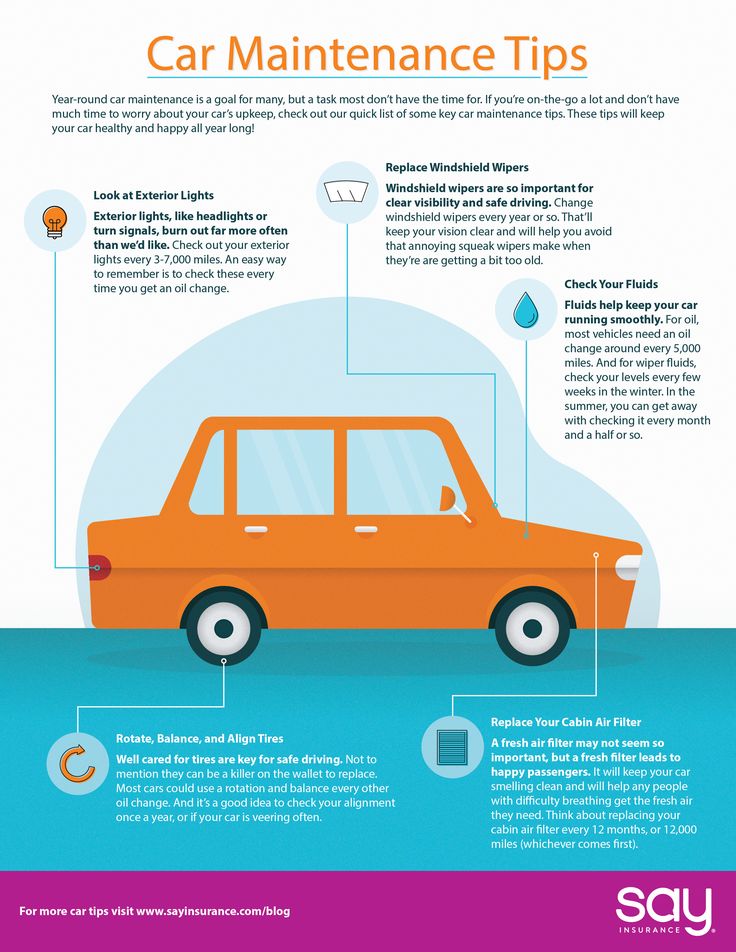
We work 24/7 and at reasonable prices.
Good luck on the road!
Now is the time to talk about changing summer wheels to winter ones and remember what are the main mistakes car owners make.
Replacing summer tires with winter ones - what could be easier? However, many mistakes can be made here. Some of them are truly dangerous. If you haven’t “changed your shoes” yet, I suggest that you remember this material when you are going to change the wheels (I hope that soon). If you have already changed the wheels, check if you made a mistake.
Related materials
How and where to store tires - are you doing everything right?
There are fairly clear recommendations for off-season storage of wheels. They should be kept in a dry, cool, ventilated area. Tires without rims can be placed on the floor, tires with rims (wheel assemblies) can be stacked or suspended so that they do not touch the floor.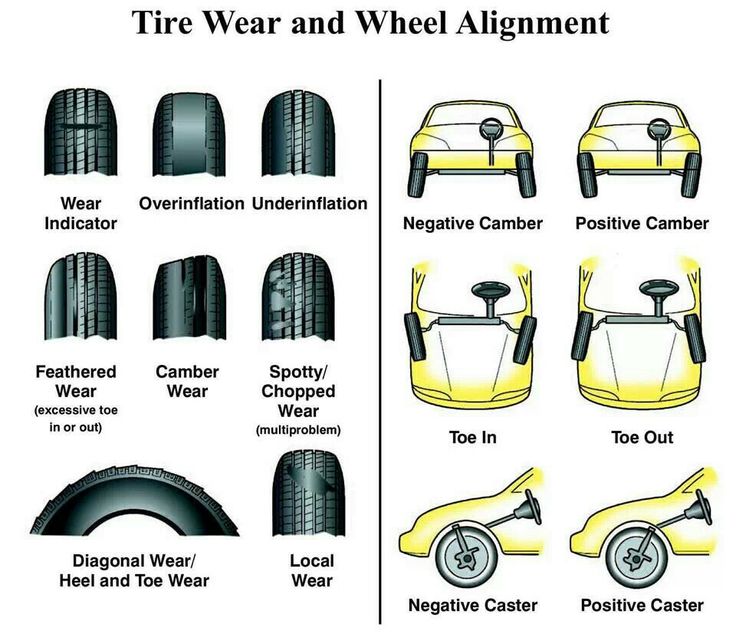
Violation of storage conditions is fraught with deformation of rubber, the appearance of hidden defects that can lead to tire burst under load. Most likely, you know all this. And yet, many people store tires (and wheels) incorrectly: on balconies or in damp sheds, putting wheels on the floor or storing tires in a “well” (something will also go inside, but the free space will not disappear) ...
Why do some car owners pay attention not only to the place, but also to the date of production? It would seem that rubber - it is rubber, can lie in a warehouse for years without losing its properties. However, tires also have a limited lifespan. Russian GOST 4754–97 (clause 10.1) states that the warranty period for a tire is 5 years from the date of manufacture. The possibility of further operation of the tire is determined by the consumer in accordance with its technical condition.
Therefore, it is more profitable to buy tires as "fresh" as possible, preferably one lot. Looking for used tires? Do not rush to rejoice when you find almost brand new ones at a bargain price. Perhaps they were released 10 years ago and putting them on a car is simply dangerous.
Looking for used tires? Do not rush to rejoice when you find almost brand new ones at a bargain price. Perhaps they were released 10 years ago and putting them on a car is simply dangerous.
It is better not to repair rims at all, but to change them. If this is not possible, do not use at least artisanal “restoration” methods.
It is better not to repair rims at all, but to change them. If this is not possible, do not use at least artisanal “restoration” methods.
Most car owners who have two sets of wheels for winter and summer leave worse wheels for winter - not as elegant as summer ones, and often even with geometry violations, justifying this by saying that in winter the speed is still lower, there is snow and ice on the roads, so the "curvature" of the discs is not particularly noticeable. And this is a mistake, since crooked discs cause an imbalance that creates an extra load on wheel bearings, steering tips, other parts of the chassis and suspension. In addition, uneven rims with tubeless tires can "poison" the air, and you will either constantly drive with flat tires or suffer from pumping them up.
In addition, uneven rims with tubeless tires can "poison" the air, and you will either constantly drive with flat tires or suffer from pumping them up.
It is no secret that many modern tires are directional, that is, with a tread pattern that runs in a certain direction, which is usually indicated by an arrow on the sidewall showing the direction of rotation of the wheel, and (or) the inscription Rotation . Often the tread is also asymmetric, and then the manufacturer designates the outer and inner sides of the tire (Outside and Inside, respectively). Improper installation of the wheel will lead to a noticeable deterioration in vehicle handling and rapid tire wear. All these designations must be taken into account.
Related content
Tire inflation with nitrogen and 7 more wirings at the tire fitting
Let's remember how to properly tighten the wheel bolts - this is useful both if you change the wheels yourself, and if you go to a tire shop for a shift. The bolts must be tightened crosswise (by moving the bolt wrench to the bolt diagonally) using a torque wrench. If the hub is five-bolt, work in this order: 1-4-2-5-3. Six-bolt - 1-4-5-2-3-6. Which bolt comes first is up to you.
The bolts must be tightened crosswise (by moving the bolt wrench to the bolt diagonally) using a torque wrench. If the hub is five-bolt, work in this order: 1-4-2-5-3. Six-bolt - 1-4-5-2-3-6. Which bolt comes first is up to you.
The correct tightening torque can be found in the vehicle owner's manual. Usually it does not exceed 115 N.m. No such key? Buy. There will be enough quality for both children and grandchildren. Don't want no money? In any case, do not jump on the balloon, tightening the bolts, and do not reinforce it with a pipe. Such a tightening definitely does not bring benefits, and curses from those who will then remove the wheel are guaranteed. It will be funny if you yourself start cursing, unscrewing the wheels you tightened to death.
By the way, the threads on the bolts can break off from tightening, and the wheel will go on an independent journey - separately from the car. As if it was not spun at all, but only made.
“How much do we put? Double?" Careless tire fitters pump all wheels (both front and rear) to the classic 2 bar. In fact, the tire pressure on the front and rear axles is usually different and depends on the vehicle load. The correct values are usually indicated on the stickers placed in the doorways, and, of course, in the car's operating instructions. And the wrong pressure threatens with a significant deterioration in handling, an increase in fuel consumption, and rapid tire wear.
In fact, the tire pressure on the front and rear axles is usually different and depends on the vehicle load. The correct values are usually indicated on the stickers placed in the doorways, and, of course, in the car's operating instructions. And the wrong pressure threatens with a significant deterioration in handling, an increase in fuel consumption, and rapid tire wear.
If you prefer to trust the work of professionals and change the wheels not on your own, but in a tire fitting, try to choose the one where everything will be done correctly. The absence of a queue at the peak of the wheel change, the territory littered with old tires, broken jacks, the unhealthy appearance of the “master” are reasons to look for better tire fitting. And if the "master" does not clean the discs before balancing, stuffs the weights with brackets on the alloy wheels, and does not stick them, and cleaning the place of the sticker with a degreaser, uses a soap solution or "working out" instead of mounting paste, fastens the bolts only with a wrench and in a circle, and not crosswise - run away from such a tire shop.